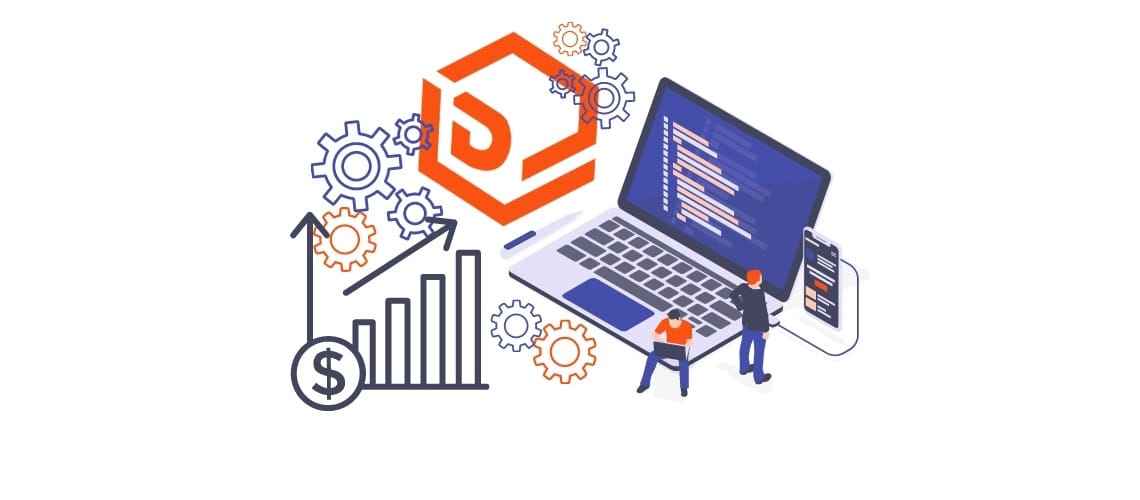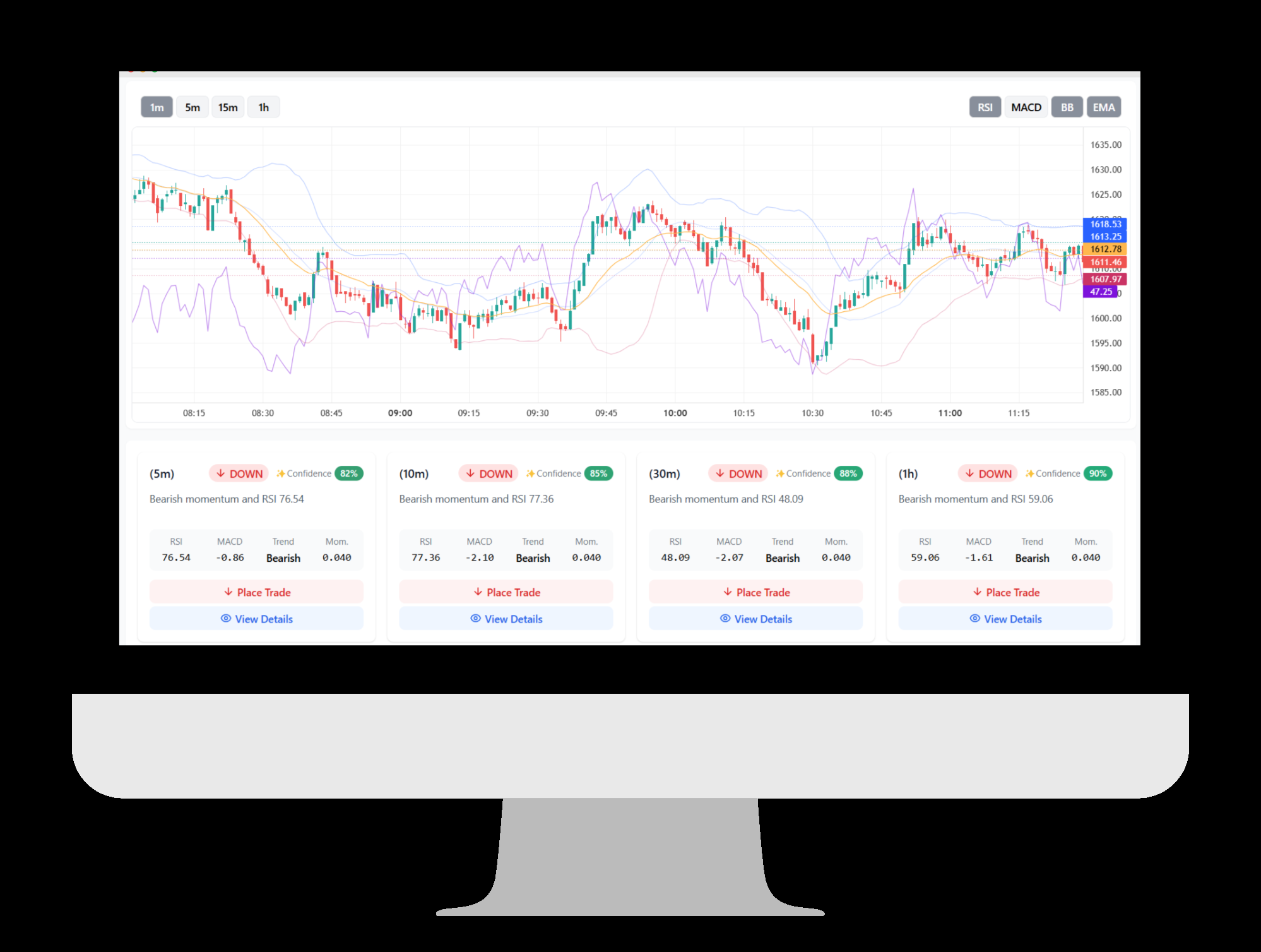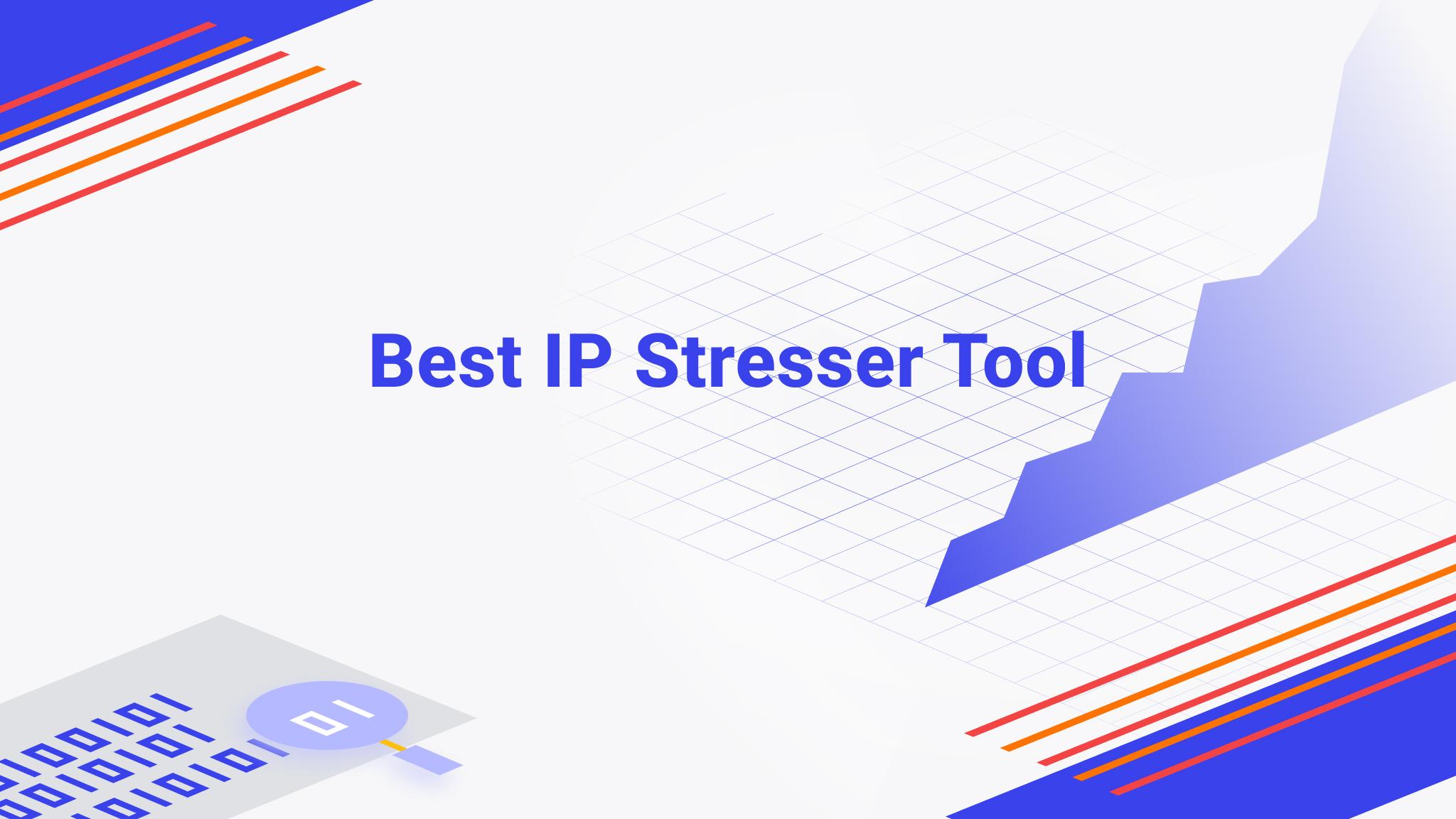Introduction
As data becomes more complex and voluminous, advanced visualization techniques are needed to interpret and communicate insights grow exponentially. Effective data visualization enables businesses, researchers, and analysts to understand intricate patterns and trends, allowing them to make informed decisions. Standard bar charts and line graphs often fail with complex datasets, Advanced techniques help users grasp the deeper narrative within data. Given the increasing use of visualization techniques, data analysts are acquiring skills in such advanced visualization techniques by enrolling in a professional-level Data Analytics Course.
Heatmaps for Multidimensional Data
Heatmaps are powerful tools for visualizing complex, multidimensional datasets. A heatmap uses color gradients to represent the magnitude of a variable within a matrix. This makes it particularly effective for spotting patterns, correlations, or anomalies across large datasets.
- Advantages: Heatmaps provide an intuitive, color-based visualization, making them ideal for quick pattern recognition.
- Use Case: In financial analysis, heatmaps are used to visualize correlations between stock prices or other financial instruments, helping analysts identify sectors that move in tandem.
Tree Maps for Hierarchical Data
Treemaps are ideal for displaying hierarchical data, breaking it down into nested rectangles proportional to a data variable. This is useful for visualizing proportions within subcategories of a broader dataset.
- Advantages: Treemaps are highly space-efficient and can convey a large amount of information in a compact form.
- Use Case: In sales data analysis, a tree map could illustrate the contribution of each product category and subcategory to overall revenue, helping businesses identify top-performing products at various levels of granularity.
Network Graphs for Relationships and Connections
Network graphs are excellent for understanding the relationships between entities in a dataset. These visualizations represent entities and the connections between them. Network graphs are useful in social network analysis, supply chain management, and domains where relationships are crucial.
- Advantages: Network graphs provide a visual representation of interconnected entities, making it easier to understand complex relationship dynamics.
- Use Case: In fraud detection, a network graph can illustrate connections between individuals, transactions, or accounts, exposing patterns of suspicious activity. For cybersecurity professionals, taking a Data Analytics Course that covers network graphs will be an immense career-boosting learning.
Sankey Diagrams for Flow Representation
Sankey diagrams are used to visualize flows. They show how elements from one set connect to elements in another set. They are particularly useful for depicting the movement of resources, such as money, energy, or data, between different stages or processes.
- Advantages: Sankey diagrams are excellent for visualizing the distribution and flow of resources across different channels or stages.
- Use Case: In energy usage analysis, Sankey diagrams can illustrate how energy is consumed across various sectors, providing insights into inefficiencies or areas for optimization.
Geospatial Visualisations for Location-Based Insights
Geospatial visualizations overlay data onto geographical maps to show how data points vary across different regions. These visualizations are vital for industries such as logistics, urban planning, and retail, where location-based insights are critical. Heatmaps, scatter plots, and choropleth maps can be layered onto geographic coordinates to illustrate patterns like traffic density, crime rates, or sales performance across locations.
- Advantages: Geospatial visualizations enable users to make location-based decisions and identify regional trends or anomalies.
- Use Case: Retailers can use geospatial visualizations to optimize store placement by analyzing population density, customer demographics, and competitor locations on a map. Some courses in data analysis targeting marketing professionals will have a specific focus on these technologies. Thus, a Data Analytics Course in Hyderabad tailored for marketing professionals will include geospatial visualization techniques in the course curriculum.
Bubble Charts for Multi-Variable Analysis
Bubble charts extend traditional scatter plots by adding a third dimension: size. Each data point is represented as a bubble, where the X and Y axes represent two variables, and the bubble size represents the third. This type of chart is ideal for exploring relationships between three continuous variables.
- Advantages: Bubble charts allow for the simultaneous representation of three variables in a single chart, making them a powerful tool for multi-variable analysis.
- Use Case: In marketing, a bubble chart could be used to analyze the relationship between ad spend (X-axis), revenue (Y-axis), and customer acquisition cost (bubble size), helping businesses optimize their marketing strategies.
Stream Graphs for Temporal Data
Stream graphs are a variation of stacked area charts, used to visualize data over time. They are particularly useful for showing how values in a dataset evolve and fluctuate across multiple categories or groups. Stream graphs make it easier to track changes and trends in complex, multi-layered datasets.
- Advantages: Stream graphs effectively illustrate temporal changes across multiple categories, offering a visually engaging representation of time-series data.
- Use Case: In media consumption analysis, a stream graph could visualize how the popularity of different genres fluctuates over time, showing patterns in audience preferences.
Parallel Coordinates for High-Dimensional Data
When dealing with high-dimensional data—where each data point is defined by multiple variables—parallel coordinate plots are an effective visualization technique. In parallel coordinates, each variable is represented by a vertical axis, and each data point is represented as a line connecting values across axes. This technique is commonly used in machine learning and data science for feature analysis.
- Advantages: Parallel coordinates allow for the visualization of high-dimensional data, making it easier to identify relationships between multiple variables.
- Use Case: In machine learning, parallel coordinates can help visualize the relationships between input features and their impact on predictive outcomes, aiding in feature selection and model optimization. A Data Analytics Course that expounds on ML technologies will have substantial coverage on using parallel coordinate plots for data visualization.
Interactive Dashboards for Holistic Data Exploration
While not a single technique, interactive dashboards combine multiple advanced visualizations into a cohesive interface that allows users to explore data dynamically. Users can filter data, zoom in on specific areas, and interact with visual elements to uncover deeper insights. To master these comprehensive dashboards, enroll in an advanced Data Analytics Course in Hyderabad and such cities where advanced data technologies are offered in technical institutes.
- Advantages: Interactive dashboards enable users to manipulate data in real-time, offering a comprehensive view of complex datasets without overwhelming the audience.
- Use Case: In financial analysis, interactive dashboards allow analysts to switch between different metrics (for example, revenue, profit, and expenses) and explore how these factors interact across different periods, geographies, or product categories.
Conclusion
Advanced visualization techniques play a pivotal role in helping businesses and analysts interpret complex data, uncover hidden patterns, and derive actionable insights. Whether it is through hierarchical tree maps, relational network graphs, or geospatial visualizations, these techniques enable users to make sense of large datasets and make data-driven decisions. As the complexity of data continues to grow, the use of advanced visualization methods will become increasingly essential for effective data interpretation, decision-making, and strategic planning.
ExcelR – Data Science, Data Analytics, and Business Analyst Course Training in Hyderabad
Address: 5th Floor, Quadrant-2, Cyber Towers, Phase 2, HITEC City, Hyderabad, Telangana 500081
Phone: 096321 56744




